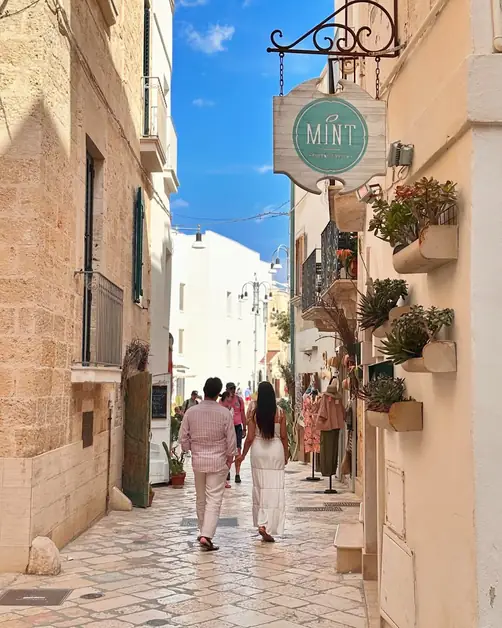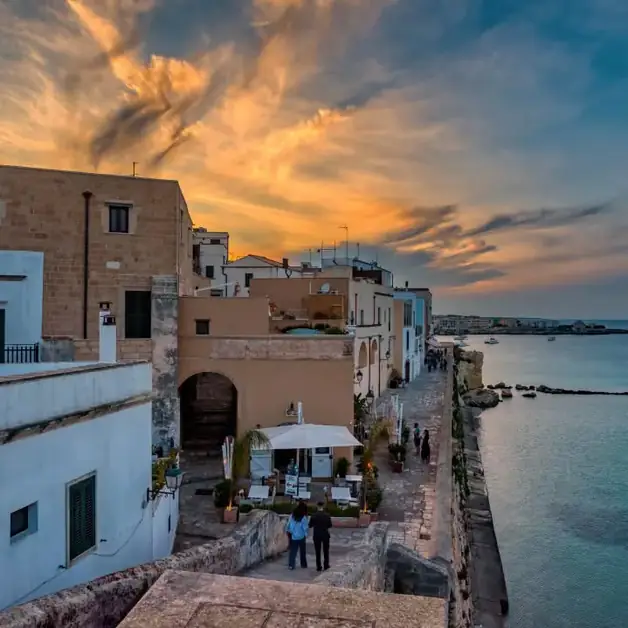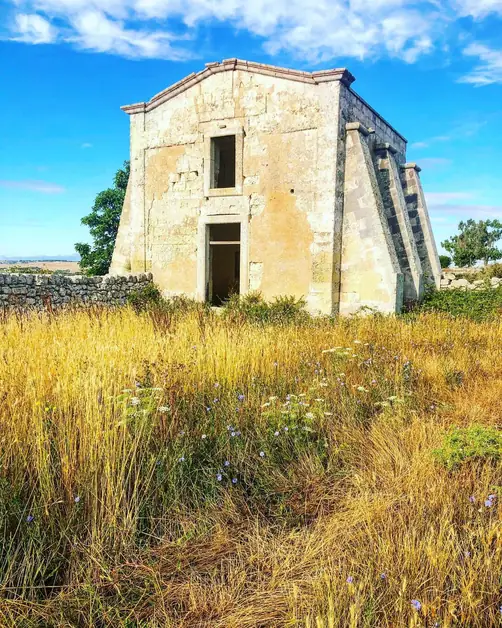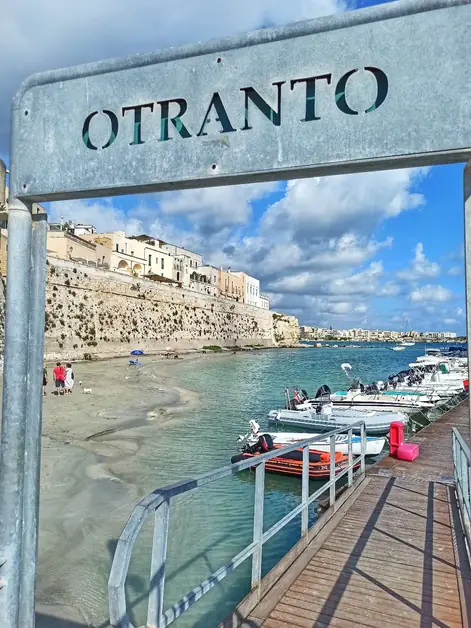The Cathedral of Otranto between history and art
The Cathedral of Otranto is a symbol of art and history, a place where cultures meet.
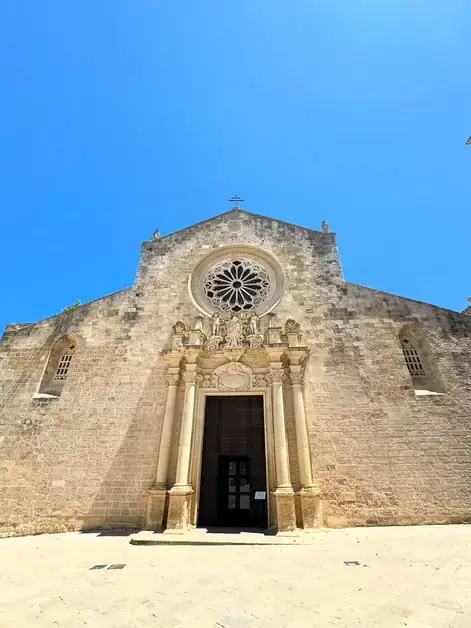
What is the history of the Cathedral of Otranto?
The Cathedral of Otranto has ancient origins and is part of a period of great changes. From the 6th to the 11th century, Otranto was an important Byzantine center. With the arrival of the Normans, the city was 'Latinized' and the archbishop decided to build a new church: the Cathedral of the Virgin Annunziata.
Where is the Cathedral of Otranto located?
The Cathedral stands on the Idro hill, right where there used to be a Roman domus and, perhaps, an ancient place of worship. It was built in just eight years, between 1080 and 1088, thanks to Duke Roger the Norman and the collaboration of the people of Otranto.
What is the architectural form of the Cathedral?
The Cathedral has a basilica plan in Latin cross. It is a perfect example of the meeting between Byzantine and Norman art. Inside, there are different styles and influences, the result of centuries of transformations.
What does the famous mosaic of the Cathedral of Otranto represent?
The floor mosaic, created by the presbyter Pantaleone, covers the entire nave like a carpet. It depicts episodes from the Old Testament, the animal world, and religious symbols. It is one of the most important mosaics in Europe in terms of size and significance.
Has the Cathedral been damaged in the past?
Yes. In 1480, during the Ottoman siege, the Cathedral was transformed into a mosque. Many frescoes were destroyed and several religious images were erased.
What restorations has the Cathedral of Otranto undergone?
Over time, the Cathedral has undergone several interventions: In the 15th century, Archbishop Serafino da Squillace rebuilt part of the walls and added the Renaissance rose window. In 1673, Archbishop Adarzo de Santander had the Baroque portal with columns built. In the 17th century, Monsignor Francesco Maria De Aste transformed the interior, enriching it with stucco, frescoes, and chapels. He hid the ancient wooden trusses and inserted a golden Moorish-style ceiling.
What modifications were made between the 18th century and the 20th century?
In the 18th century, Monsignor Michele Orsi had an important marble altar built and embellished the facade with stuccos. In 1827, wooden ceilings for the lateral naves were created. At the end of the 20th century, Archbishop Vincenzo Franco promoted the restoration of the mosaics, and ancient tombs and early Christian mosaics were discovered.
What role does the Cathedral of Otranto play today?
Despite the damage of time, the Cathedral continues to amaze. Its mosaic carpet and the story of the Martyrs of Otranto make it a unique place. It represents a symbol of faith and dialogue between cultures: East and West, Jews, Christians, and Muslims.
What makes the crypt of the Cathedral of Otranto special?
The crypt is one of the most fascinating environments in Otranto. It resembles, on a smaller scale, the Yerebatan cistern in Istanbul. It is located under the apse and extends to the transept. Unlike classic crypts, it is not completely underground. It is illuminated by five windows and has an external access door used for liturgical purposes.
Why visit the Cathedral of Otranto?
To discover a place where art, faith, and history meet. Every corner tells a page of the past: from the mosaics to the rose window, from the crypt to the chapels. It is a journey through time, between East and West, in a place that symbolizes Mediterranean culture.

